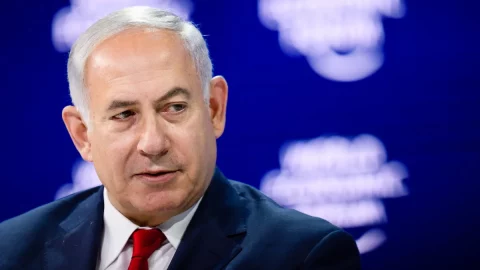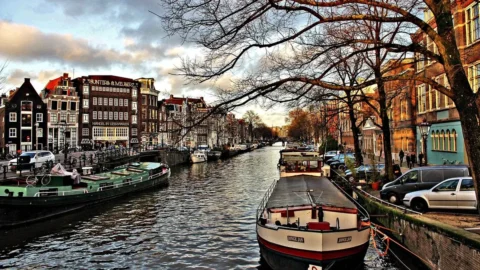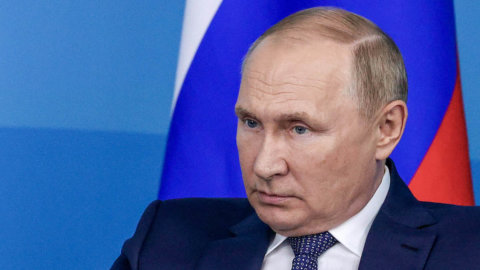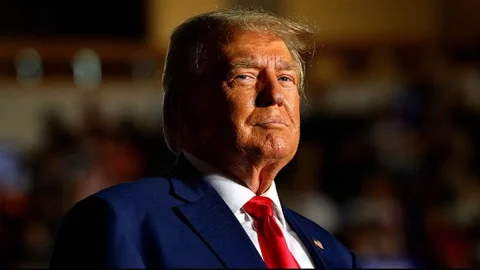“We risk losing 20% of the planet's oxygen production and 10% of the world's biodiversity”. The WWF is sounding the alarm, while in recent weeks the Amazon forest in Brazil has been undergoing several fires, putting at risk part of the vegetation that constitutes the largest "lung" on the planet. “Last April – a press release from the international body explained – the images of Notre Dame in flames created an extraordinary mood that prompted people all over the world to cry and suffer for Paris, but also to mobilize. Today there is a need for the same desire for a reaction to what is happening to them unique and unrepeatable ecosystems that were not created by man, but they are fundamental to its survival and are in danger of disappearing forever”.
Due to deforestation, the Amazon forest in the Brazilian territory is losing an area equivalent to over three football pitches per minute and we are ever closer to a point of no return for what is not only the largest reservoir of biodiversity on the planet, but represents one of the pillars of climate balance. “Below a certain surface – claims the WWF -, the Amazonian forest ecosystem risks collapsing, losing the ability to provide those services crucial to humanity such as climate stability, oxygen production, CO2 absorption, the production of fresh water, the maintenance of biodiversity and many others”.
According to the National Space Research Institute of Brazil (INPE) only from this year (January 19st to August XNUMXth) fires in Brazil have increased by 83% compared to the same period in 2018. In the same period, around 73 fires were registered in the country, 52% of which in the Amazon. Historically, in this region, the use of fire is directly linked to deforestation, as it is one of the techniques used to create new spaces for crops, ranches and mines. According to the Amazon Research Institute (IPAM), the 10 municipalities in the Amazon with the most fires are the same ones with the most logging. According to the WWF and other organizations to aggravate the situation were the recent policies of President Bolsonaro who have made deforestation a tool to give greater vigor to a development based on the predation of natural resources.
The deforested area of the Amazon, which was monitored in July by satellite, corresponds to an area of 2.254 square kilometers. This is equivalent to more than a third of all the volume deforested in the last 12 months, between August 2018 and July 2019, the period in which the total deforestation reached 6.833 square kilometers with an increase, recorded just in July, of 278%. compared to the same period in previous years.
"Rainforests – explains the WWF again in a note – play a key role in combating global warming and without their presence we risk losing between 17 and 20% of the planet's water resources, a number equal to 6,7 million square km of forest land, and 20% of the Earth's oxygen production. Added to this is the risk of habitat loss for 34 million people and 10% of all global biodiversity”.
“The looting of the Amazon – he says Isabella Pratesi, director of Conservation of WWF Italy – and of its extraordinary resources it also has a dramatic social implication. Deforestation is in fact accompanied by a dramatic increase in violence against the indigenous peoples who live in those territories. Chased out of their forests, murdered and tortured for the trade in wood, gold mines, pastures and crops, the Amazonian tribes are the first victims of a heinous crime against humanity and the planet which our eyes and our ears remain sealed.”





